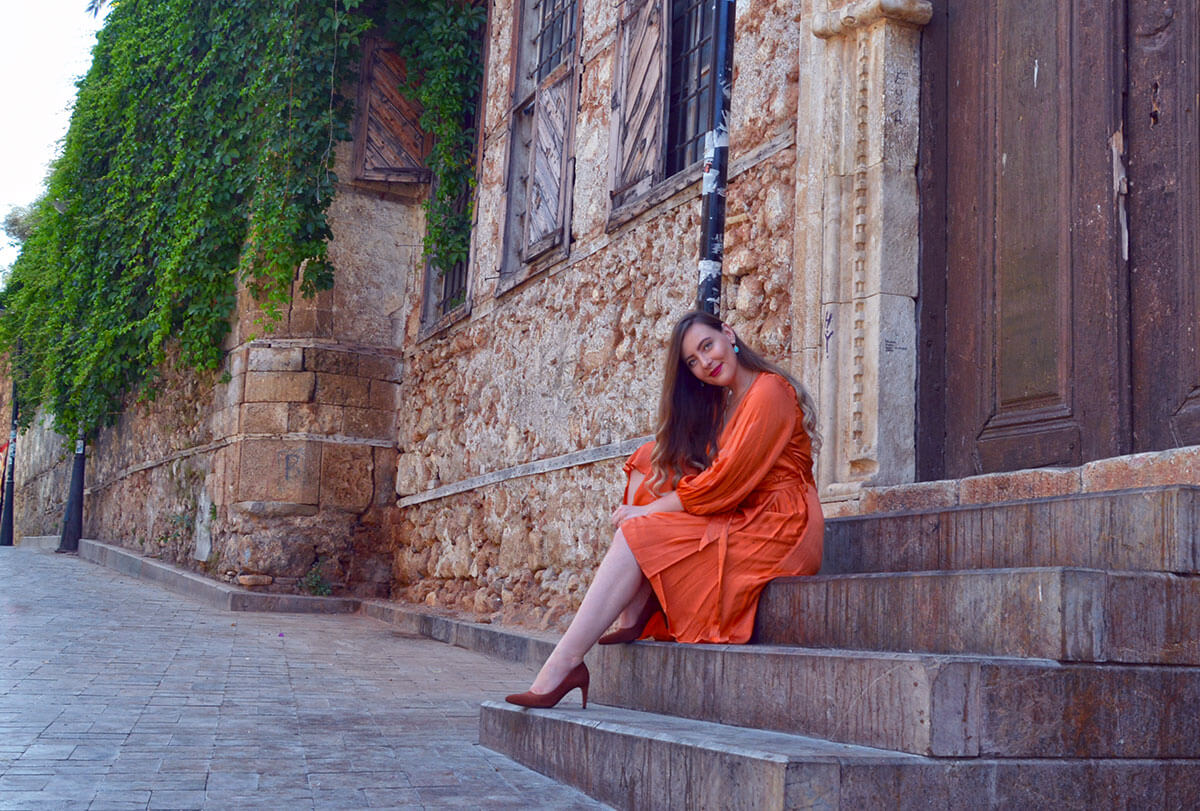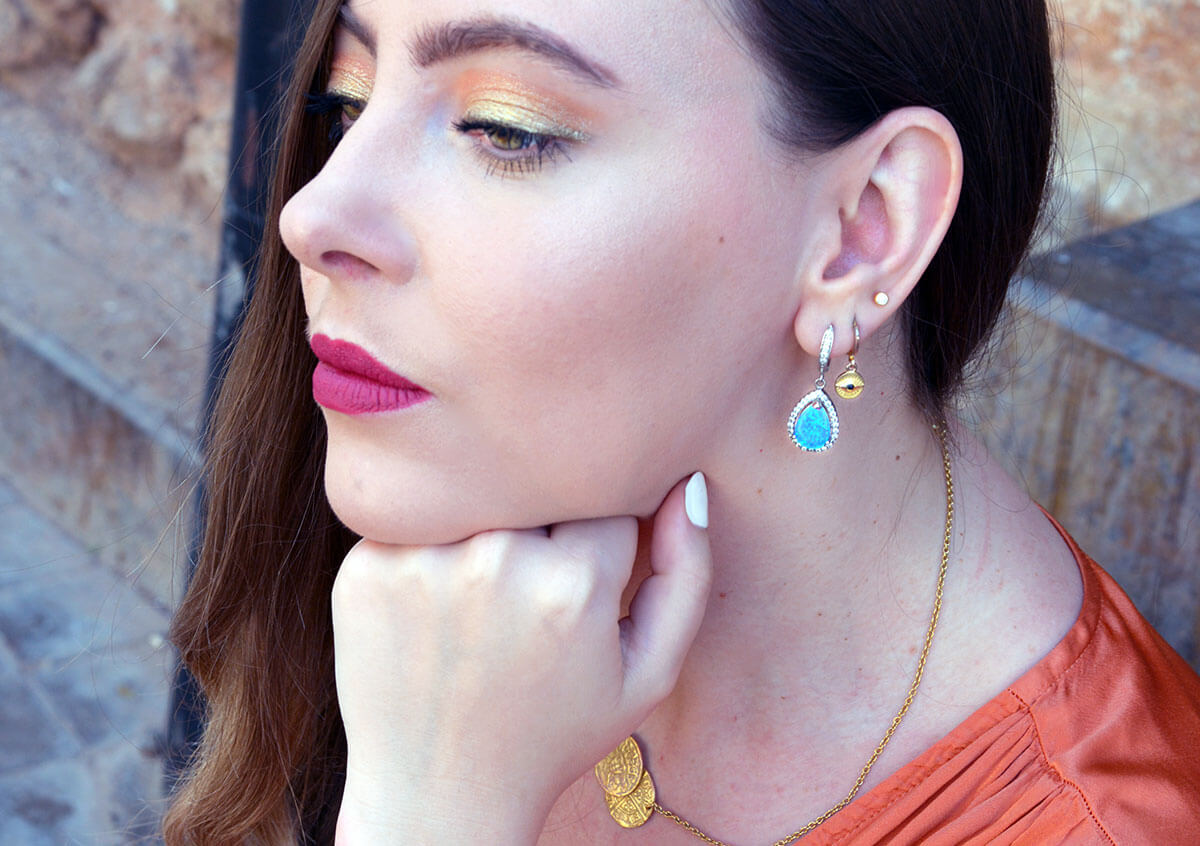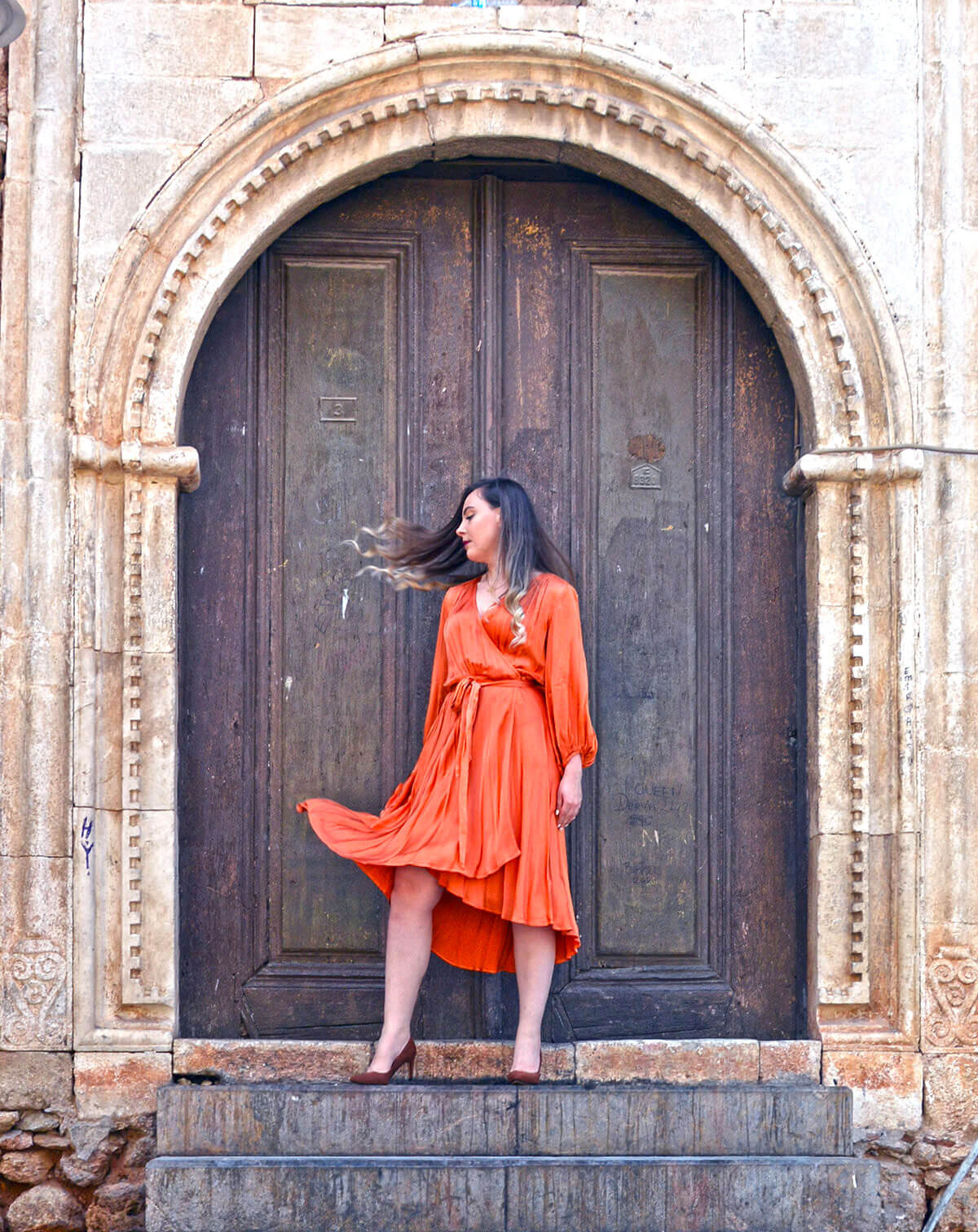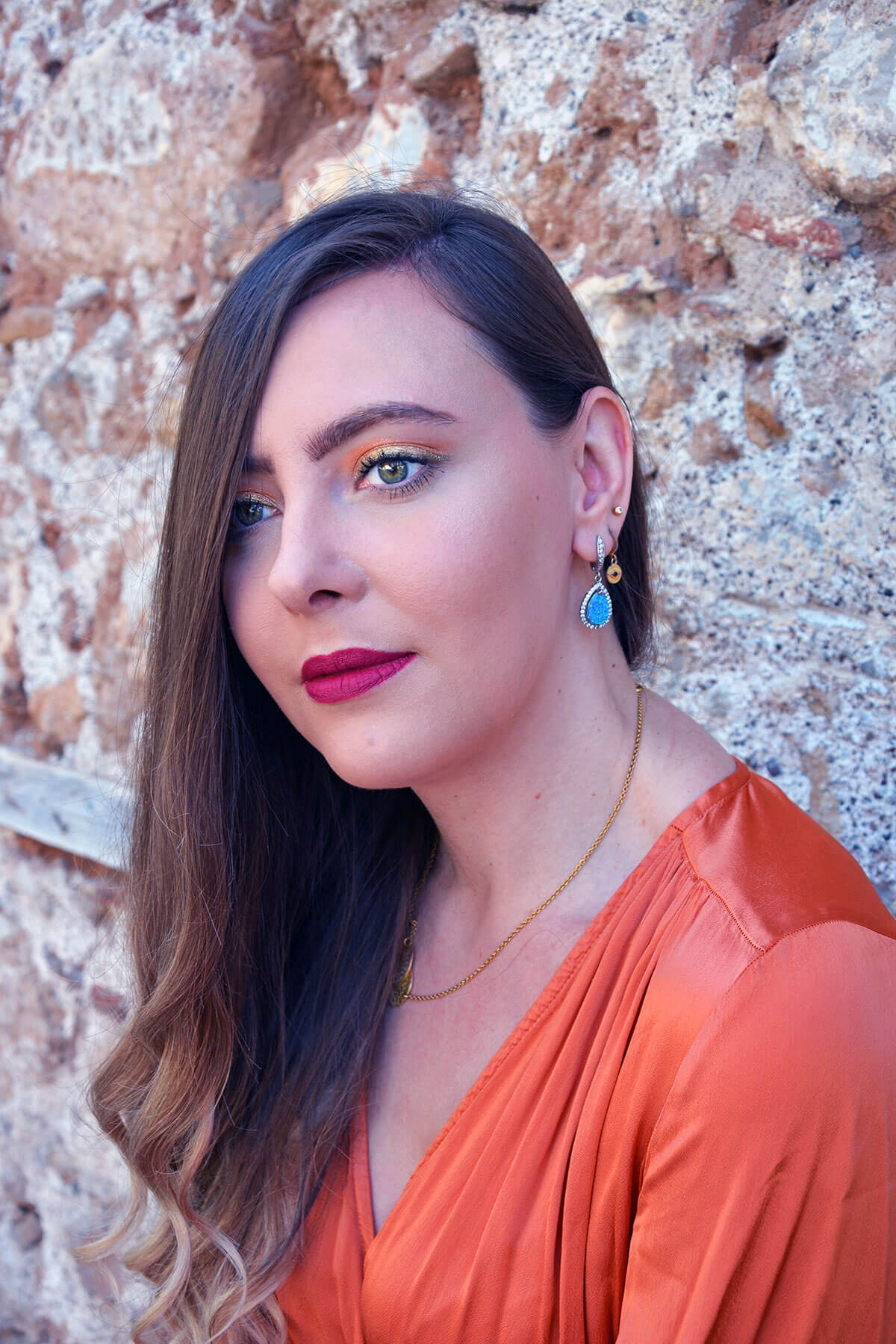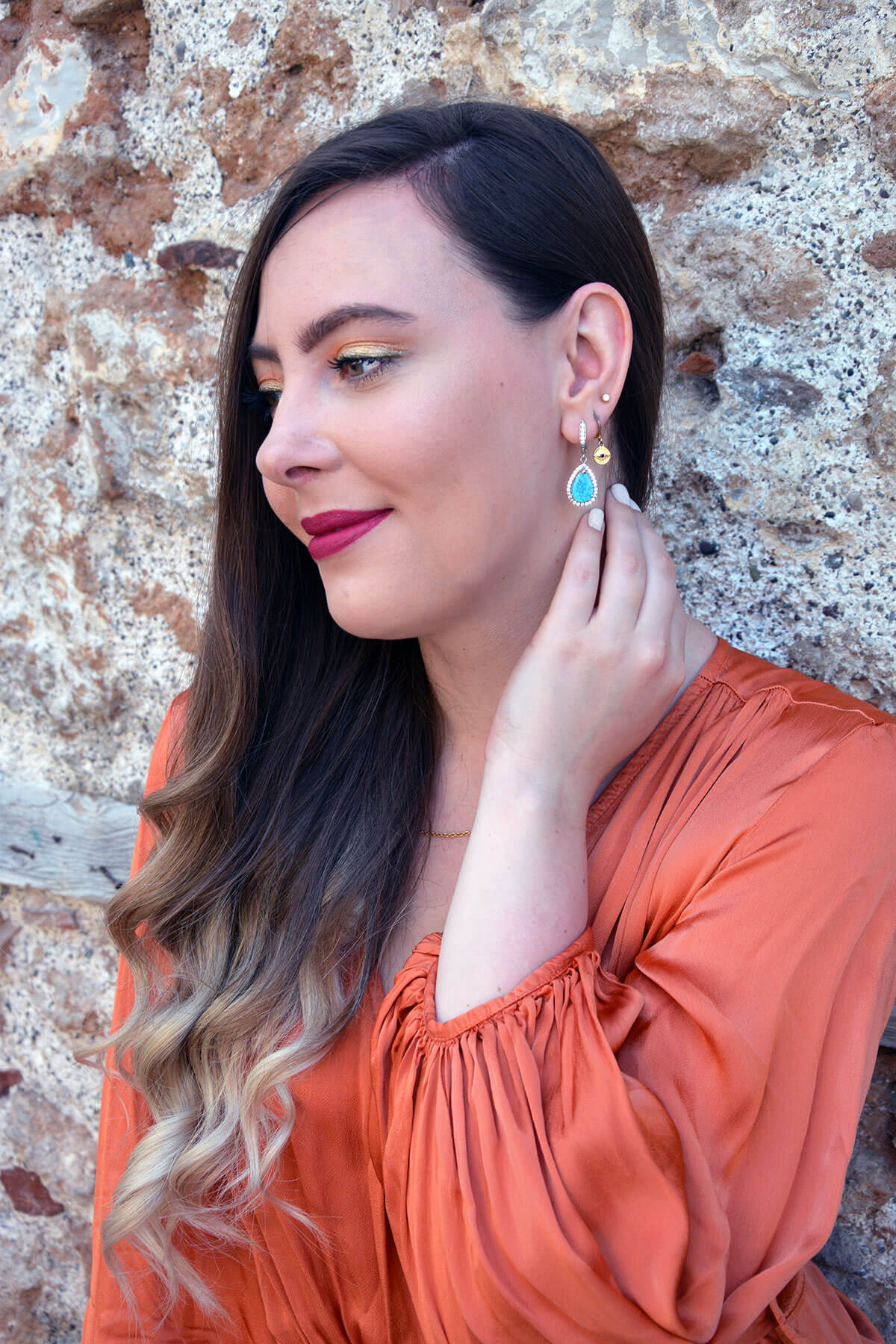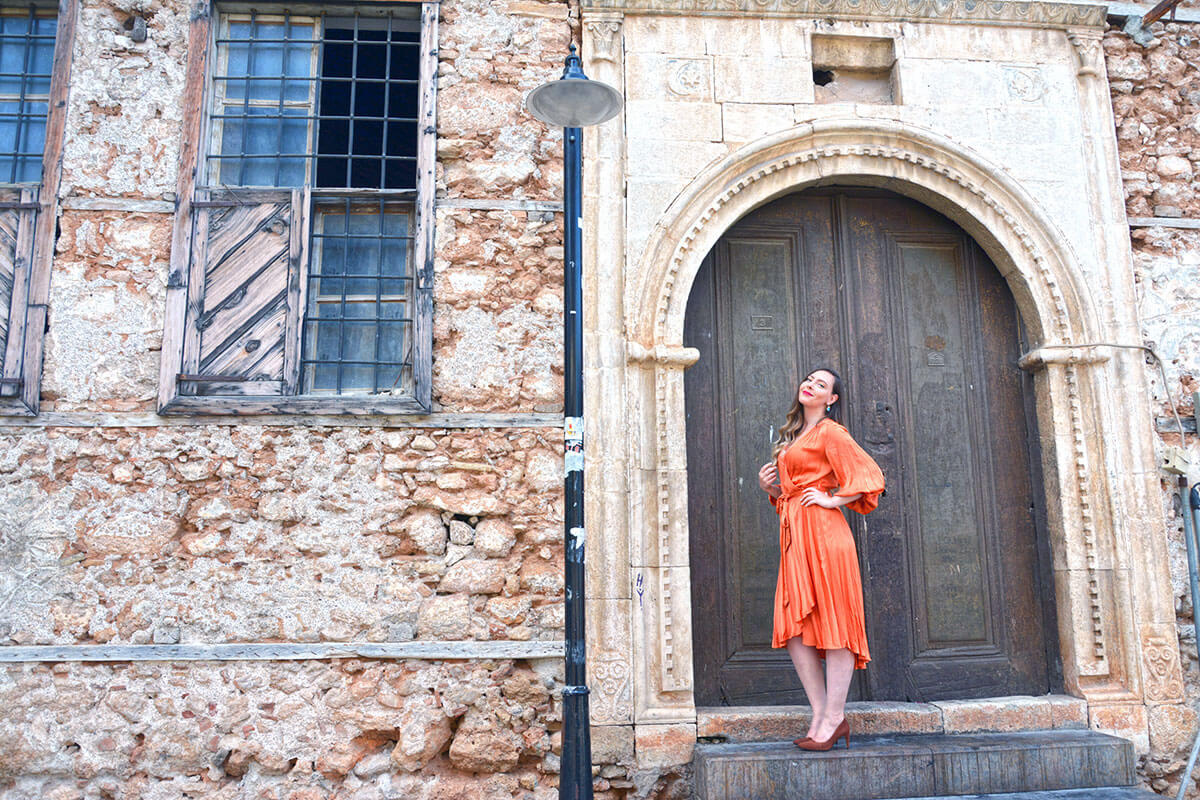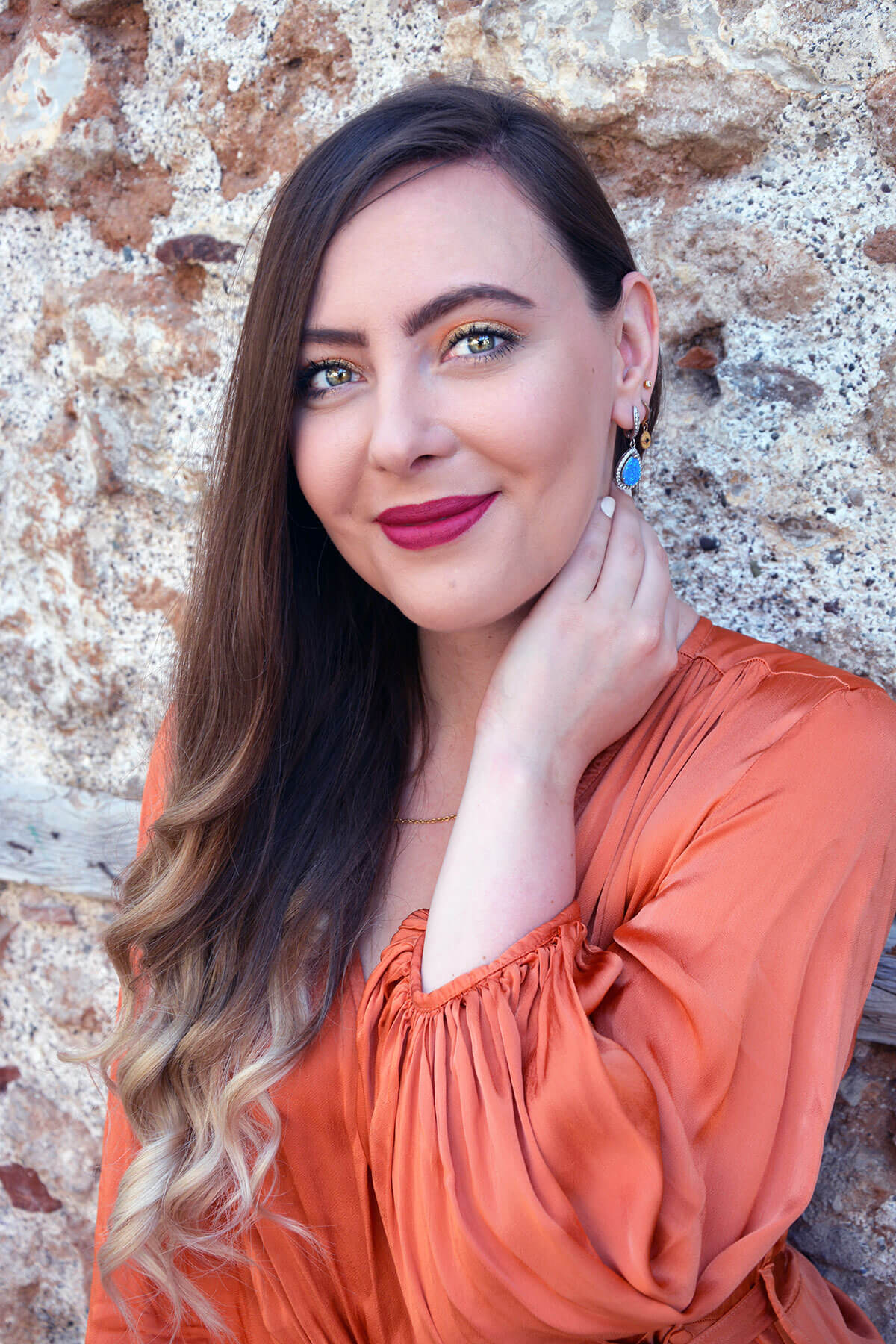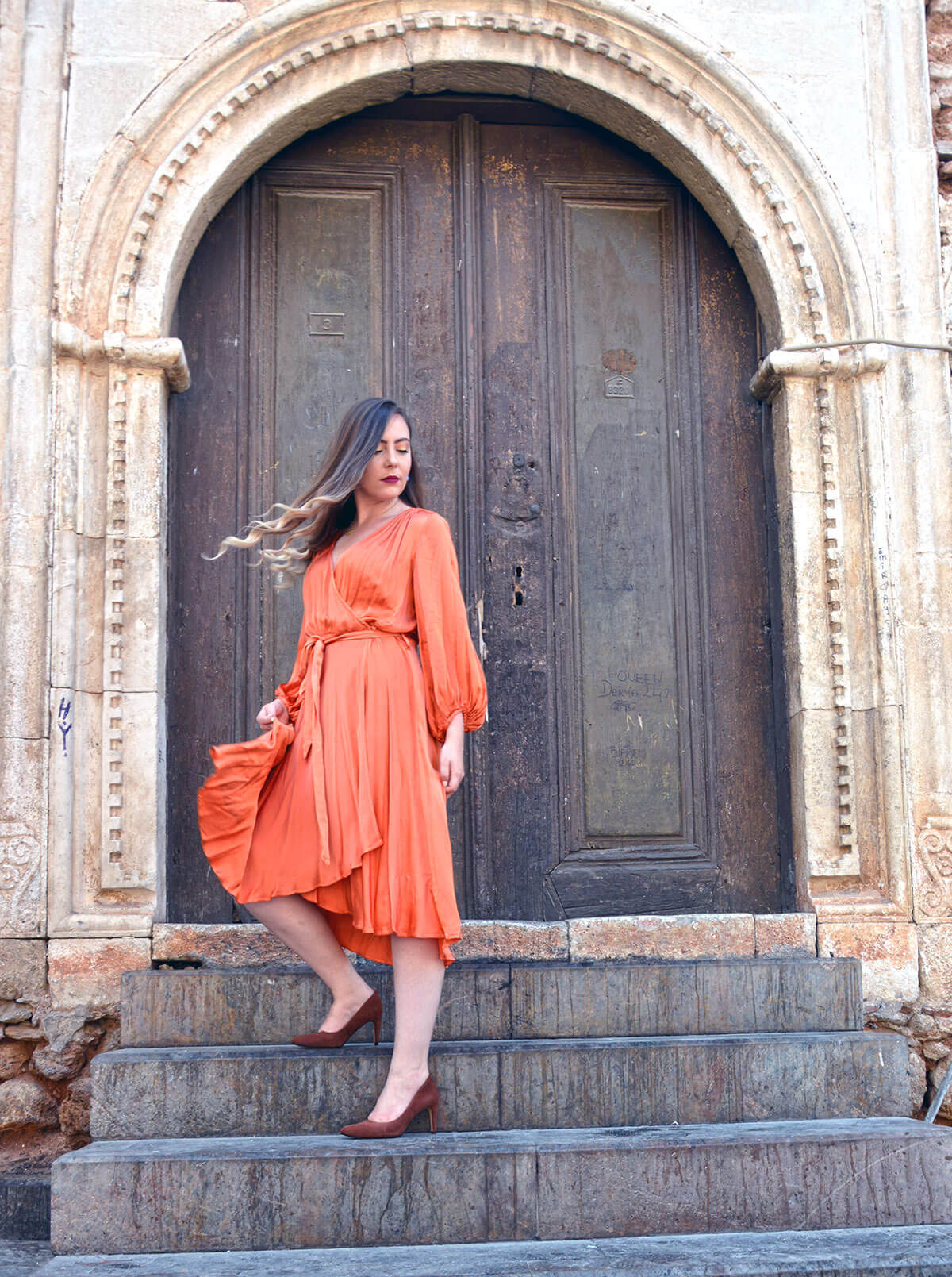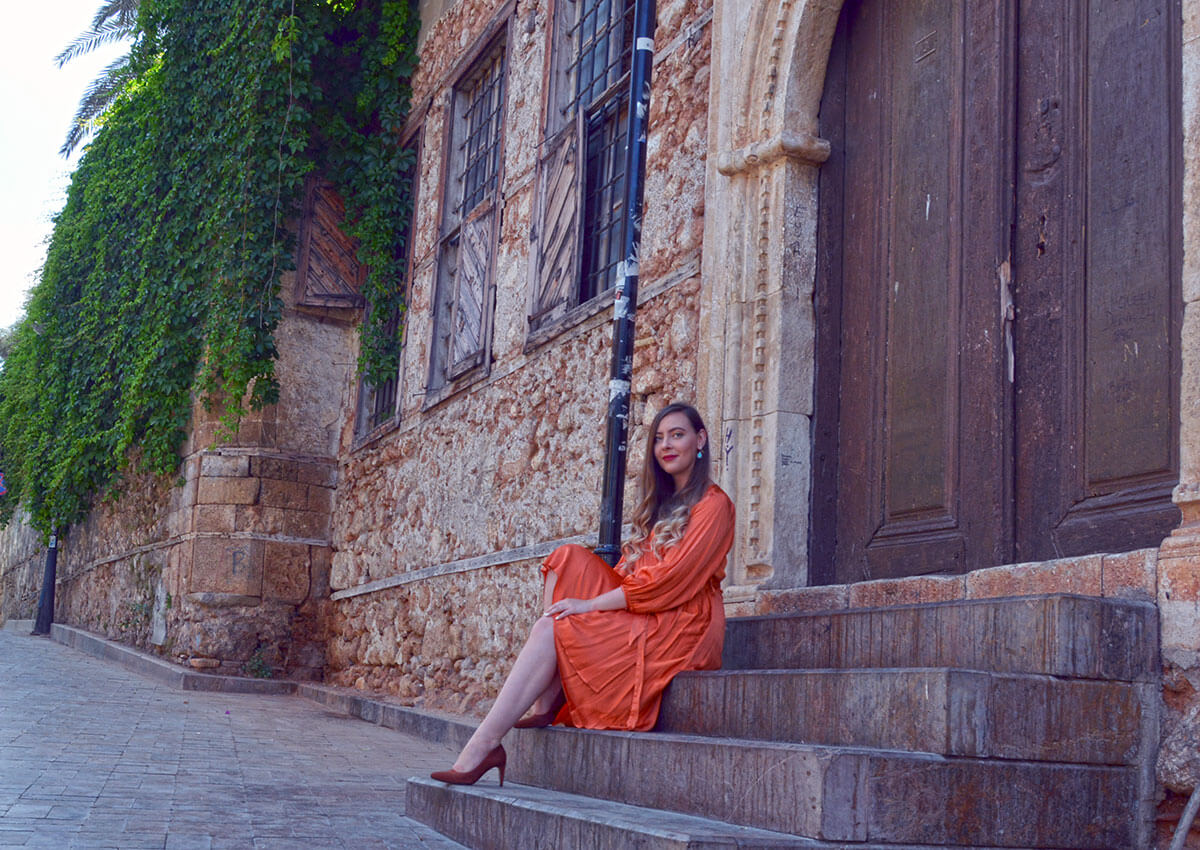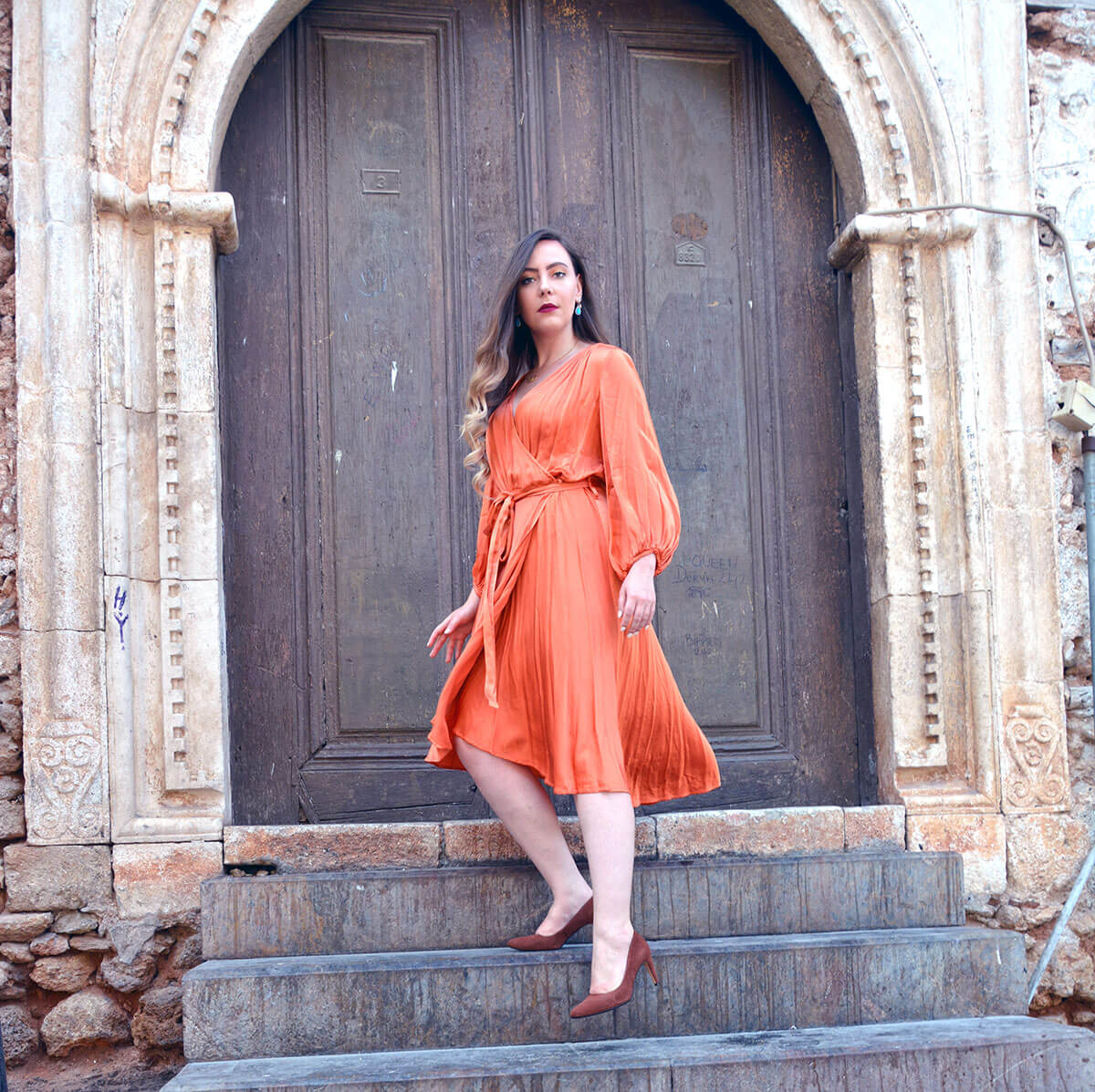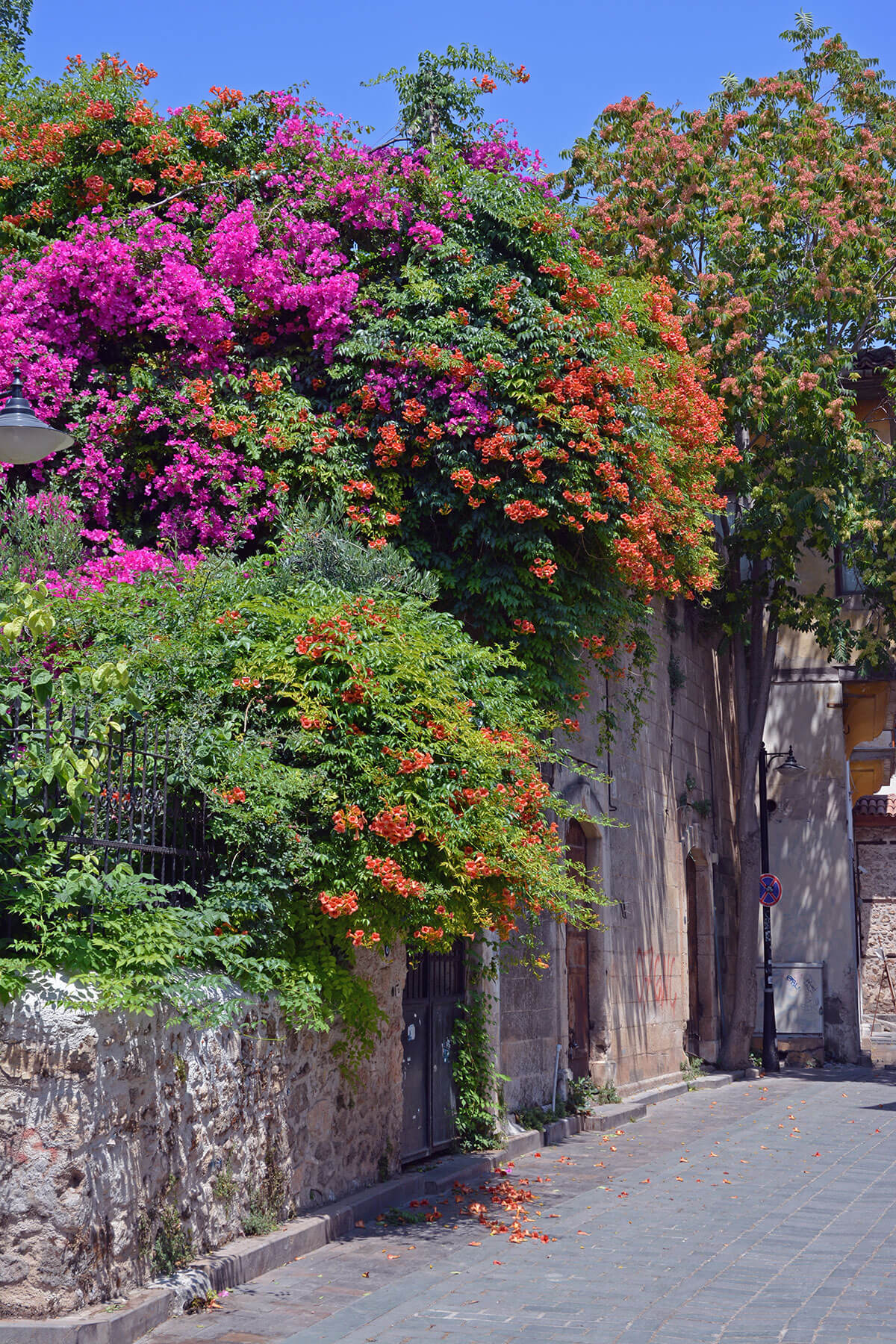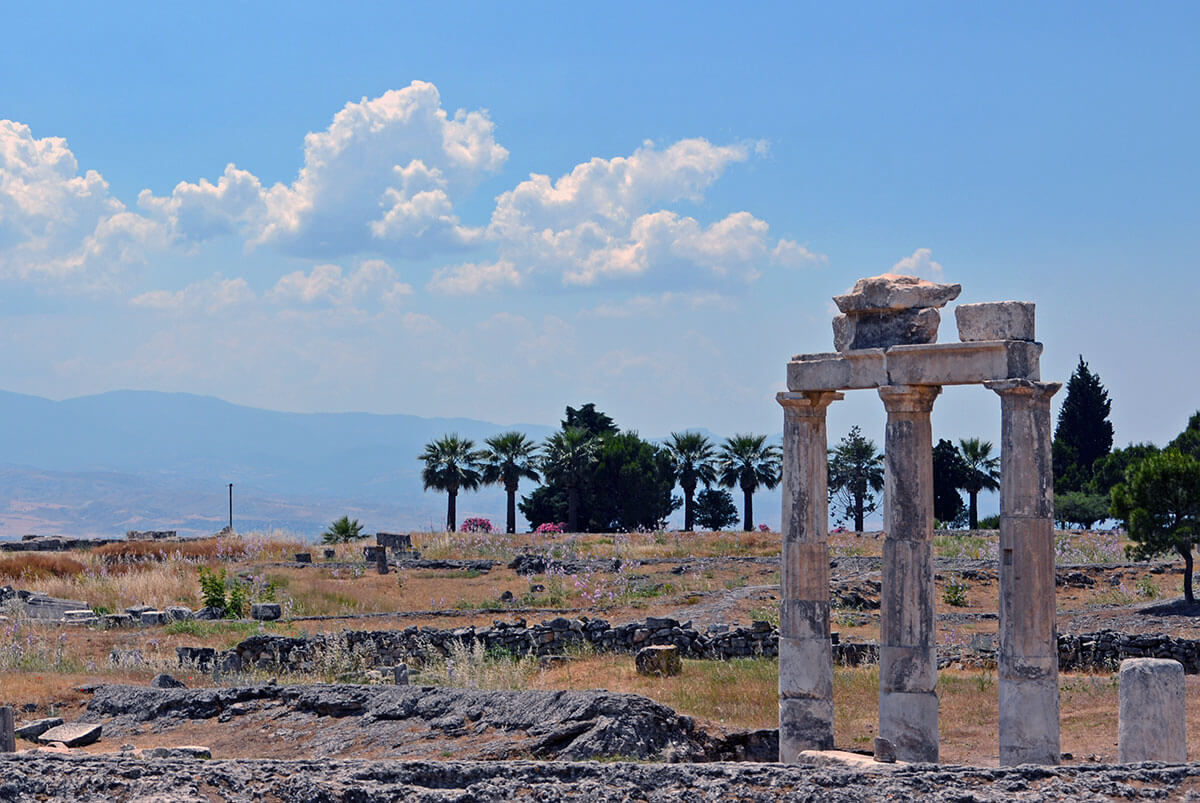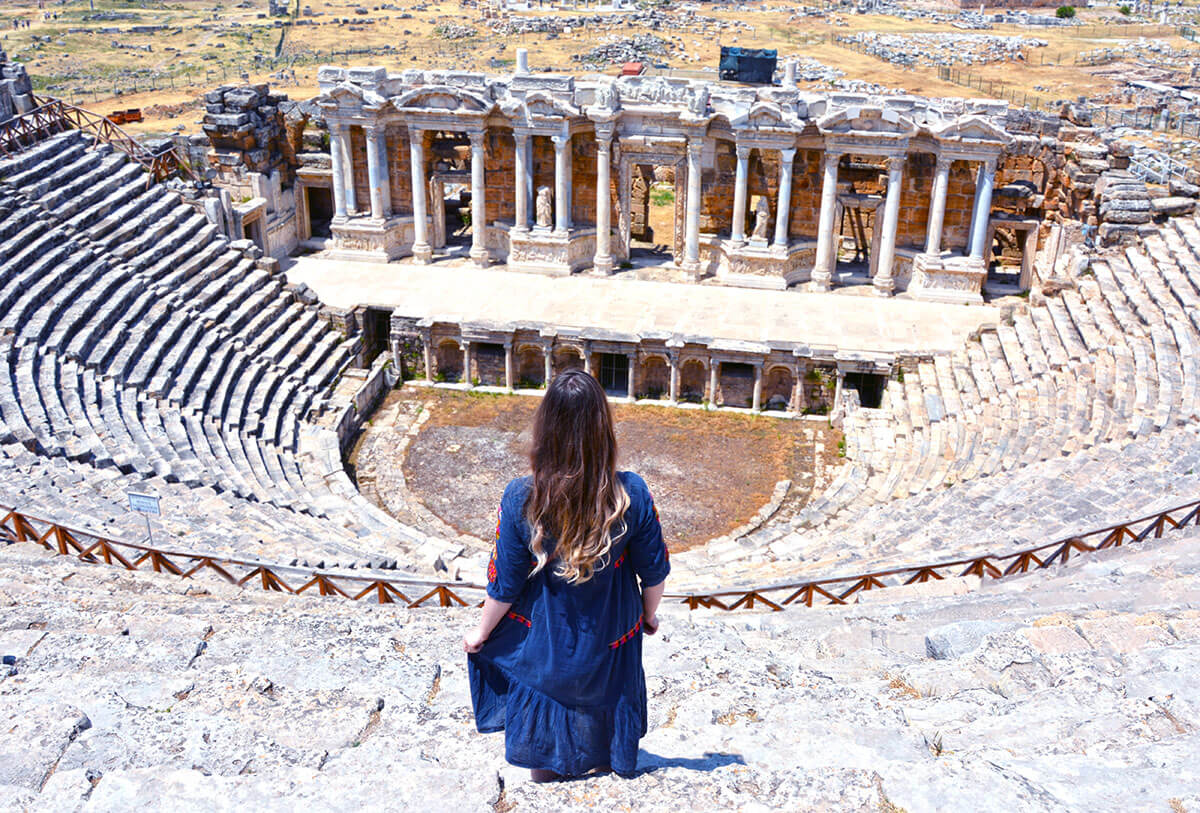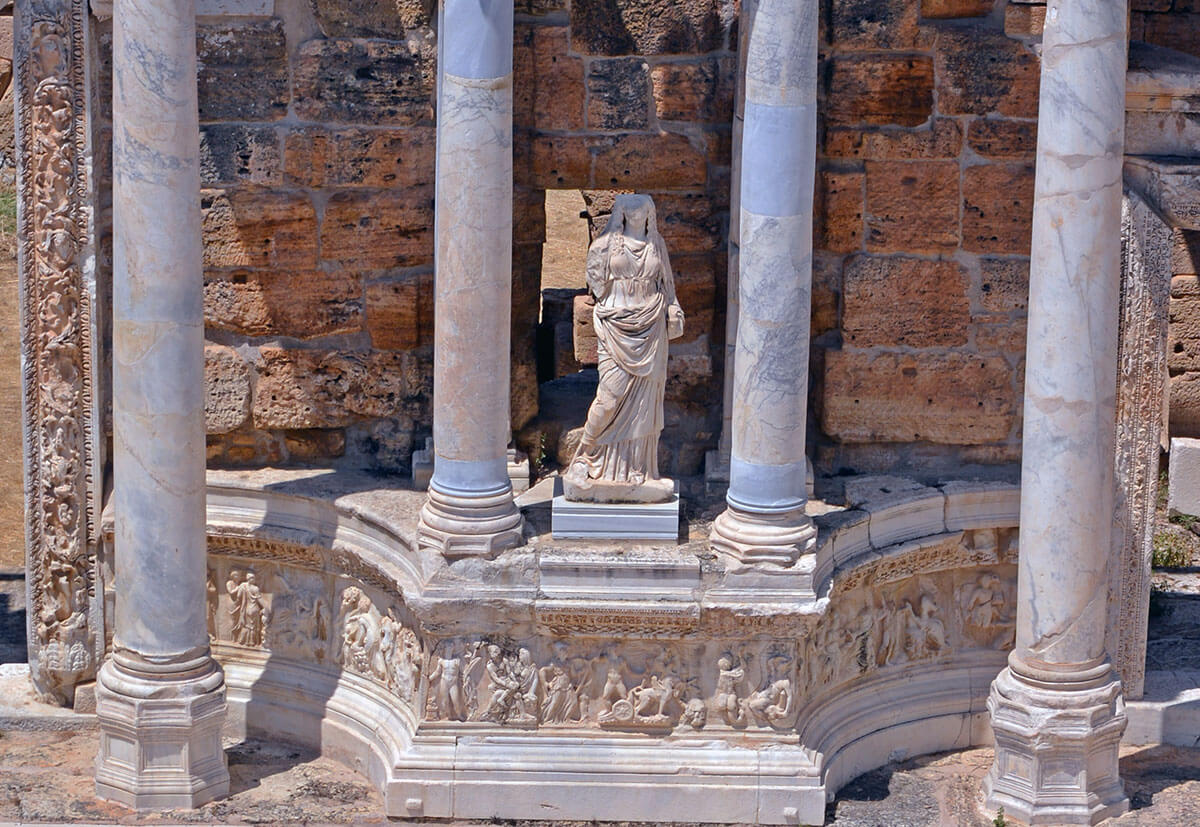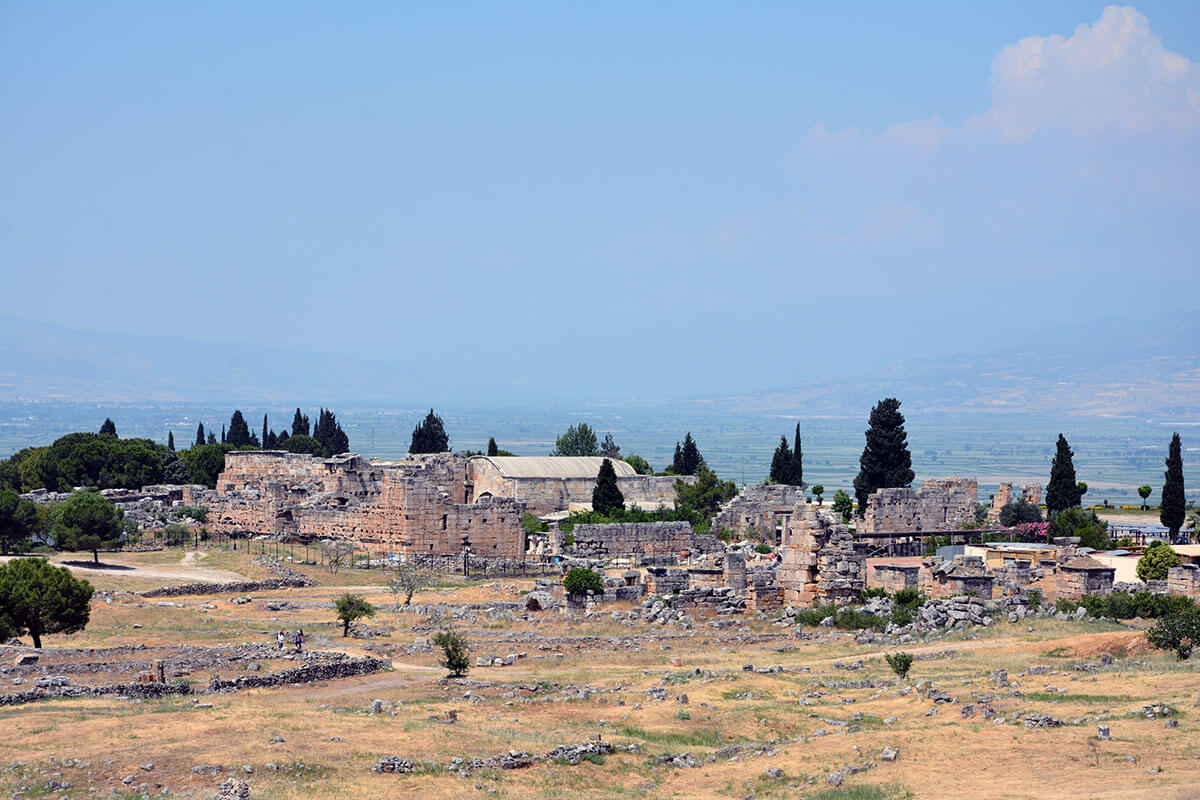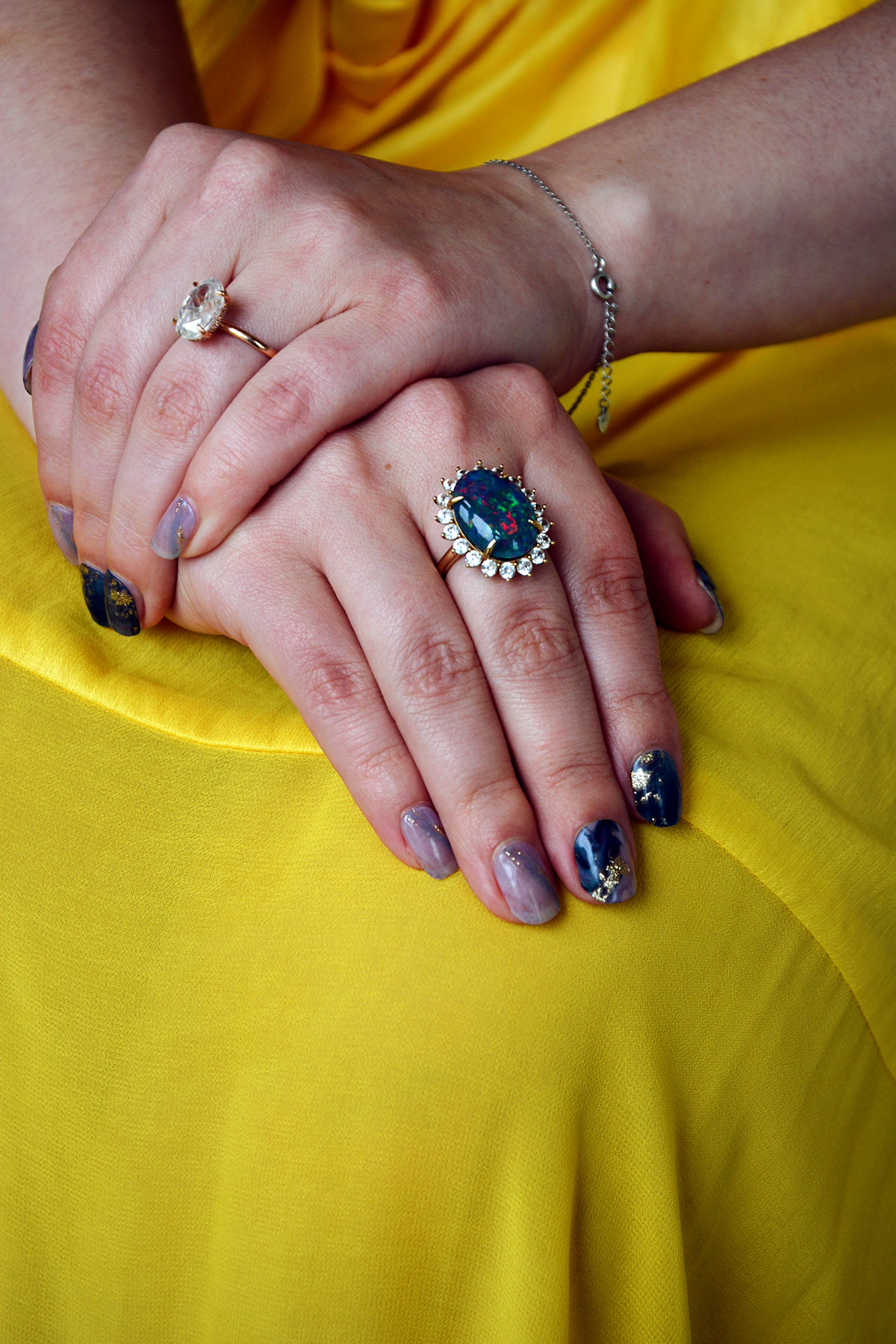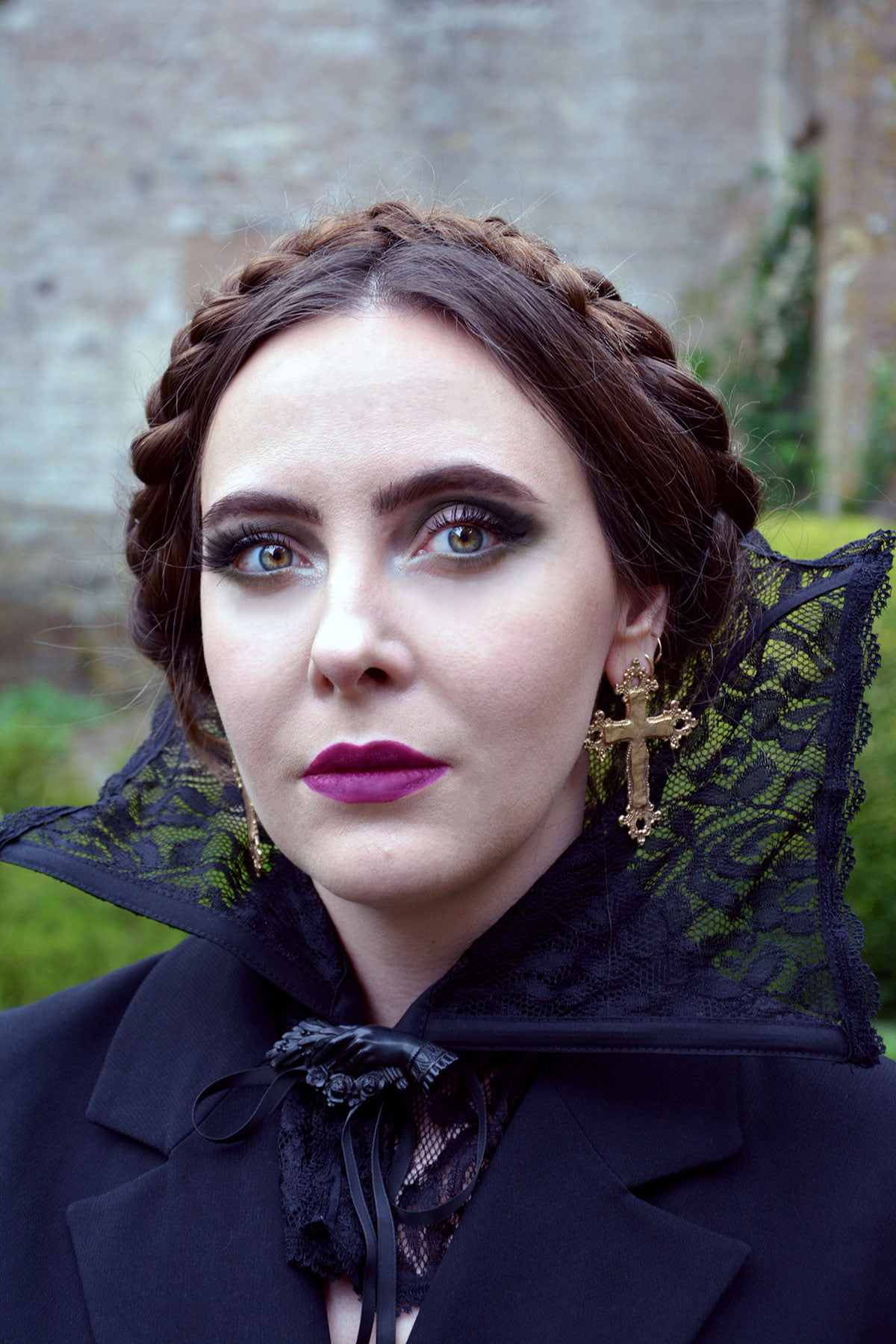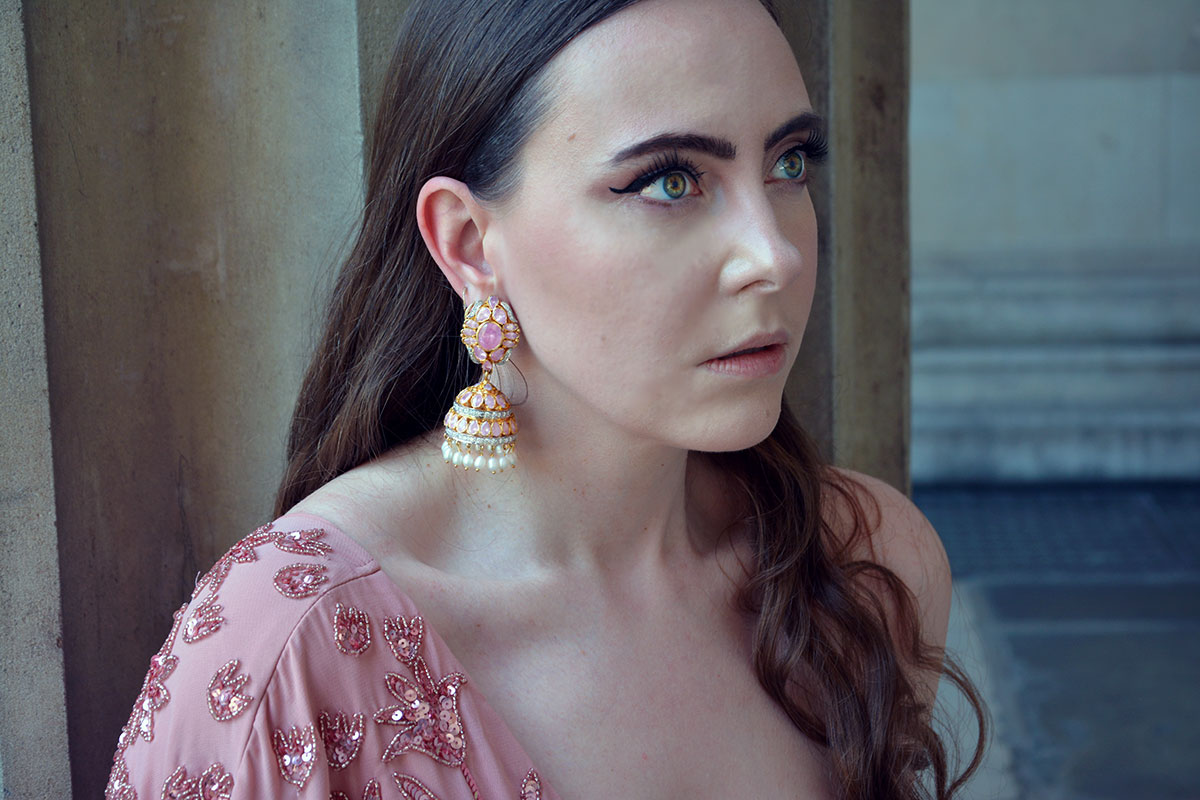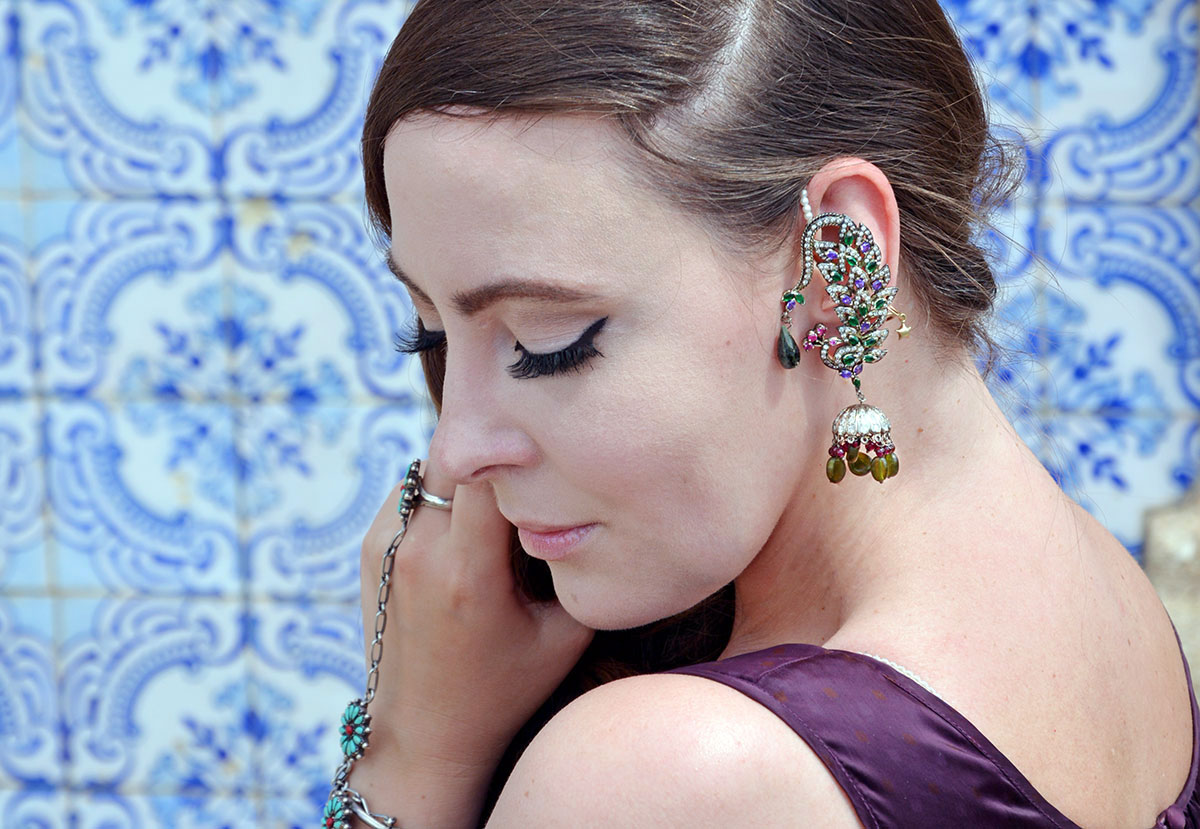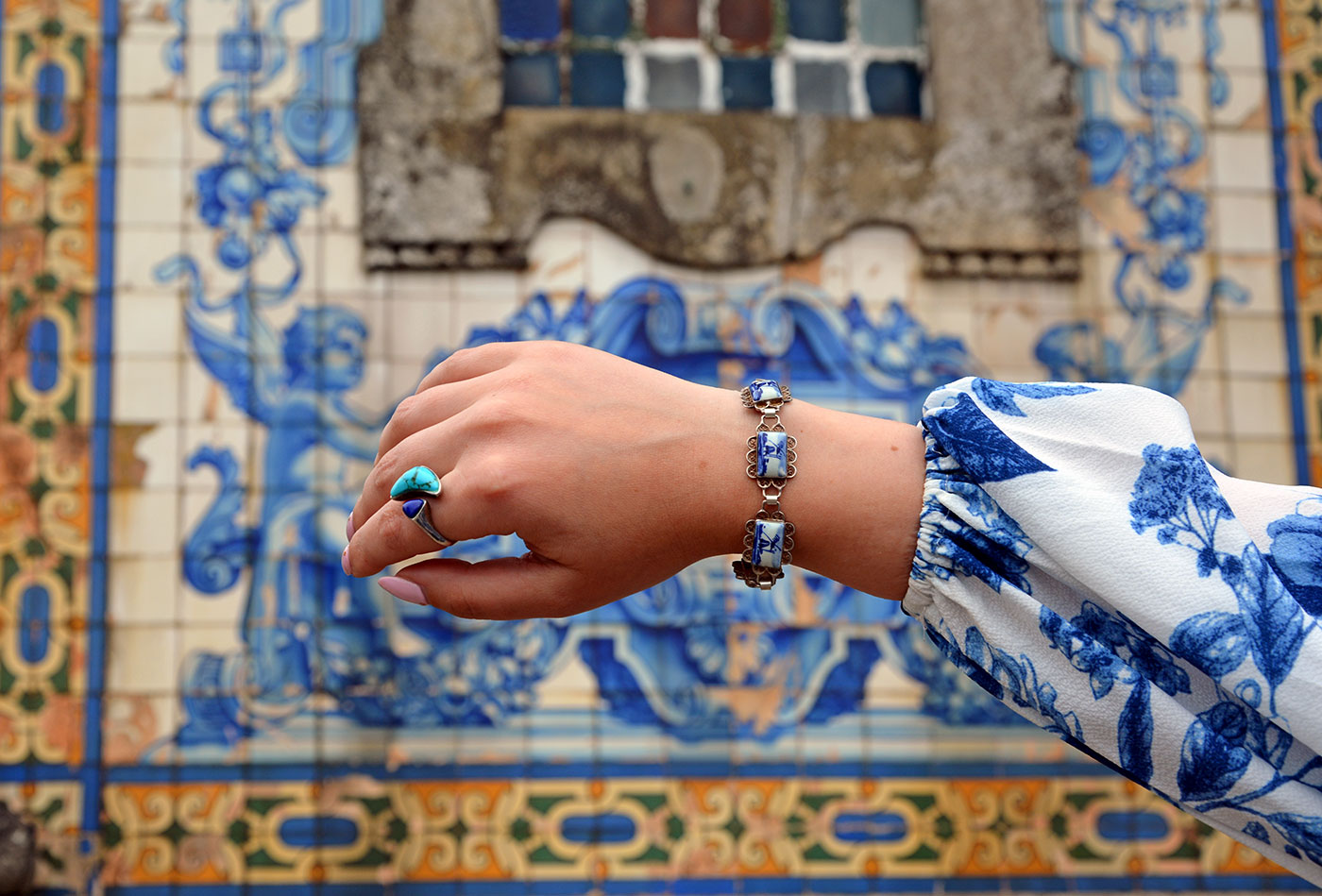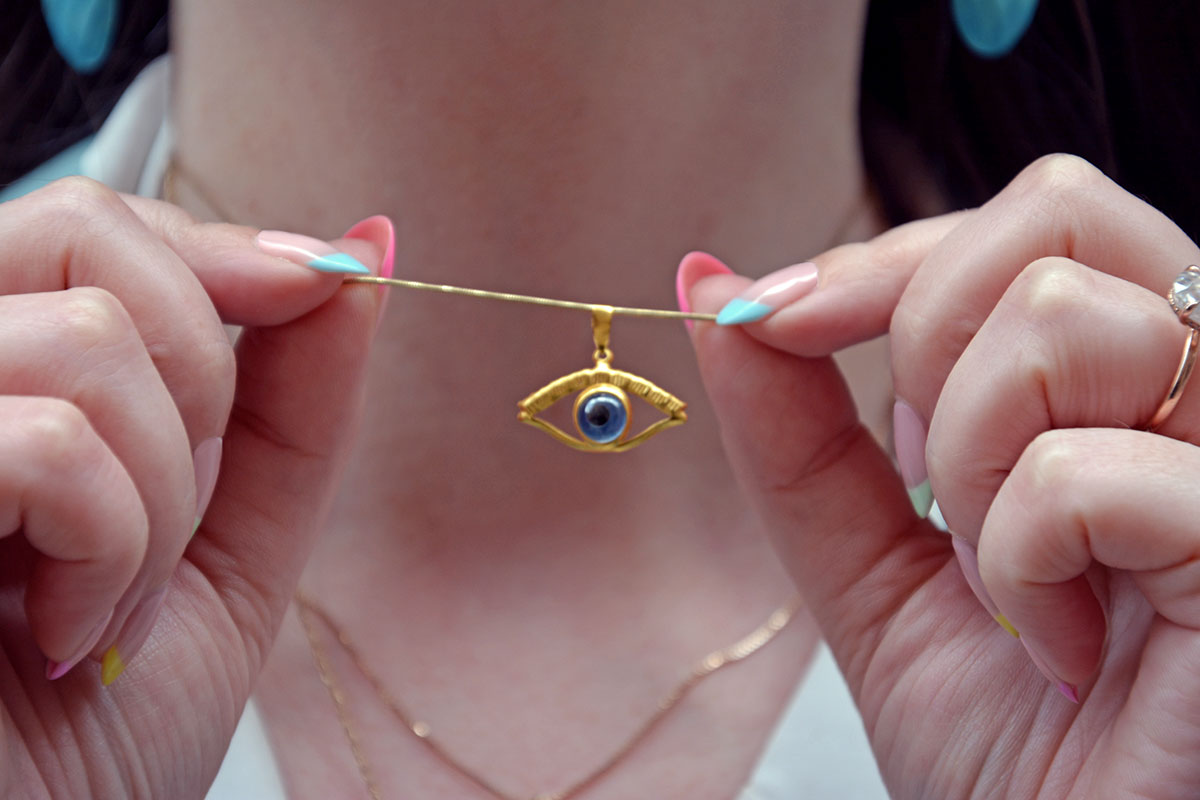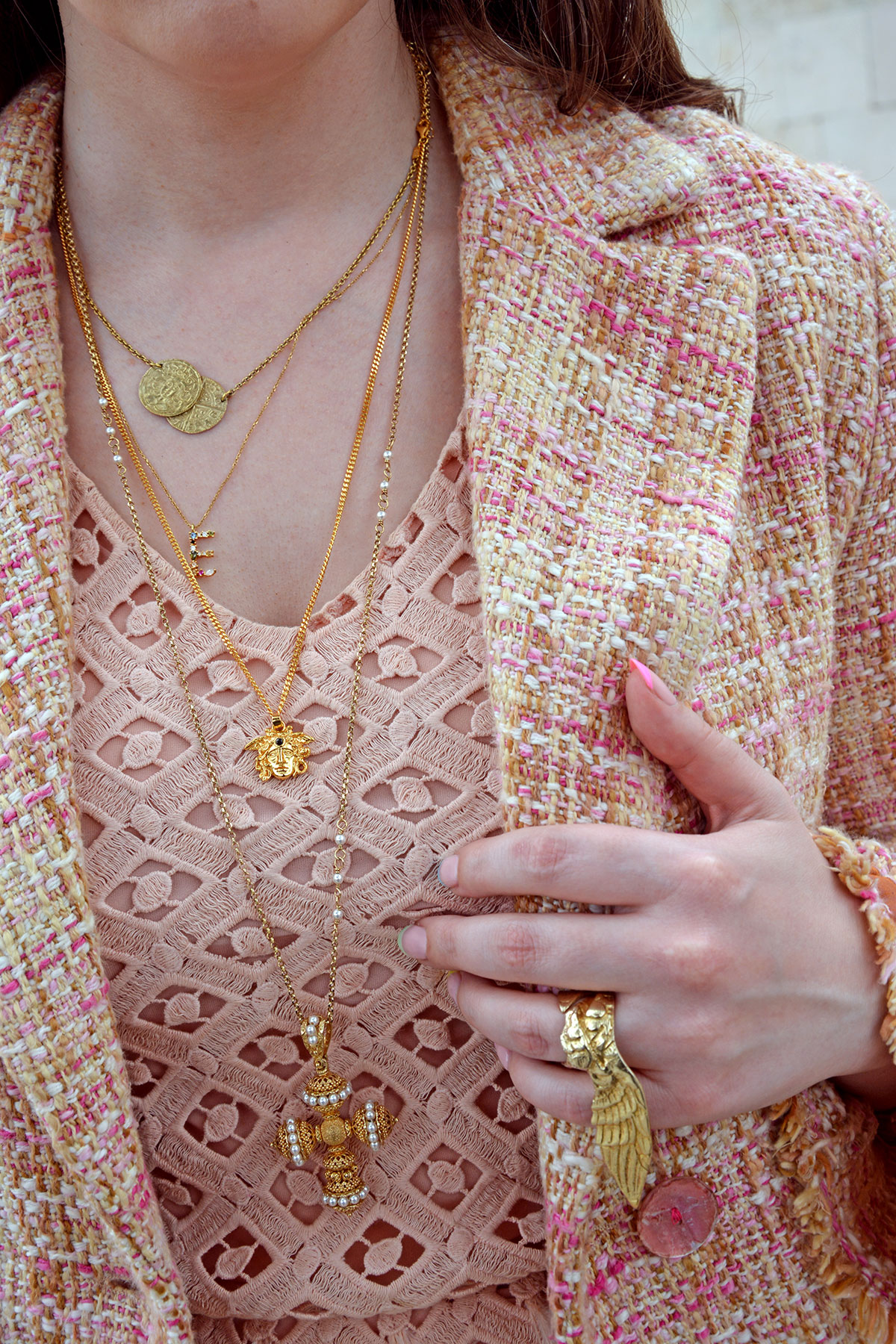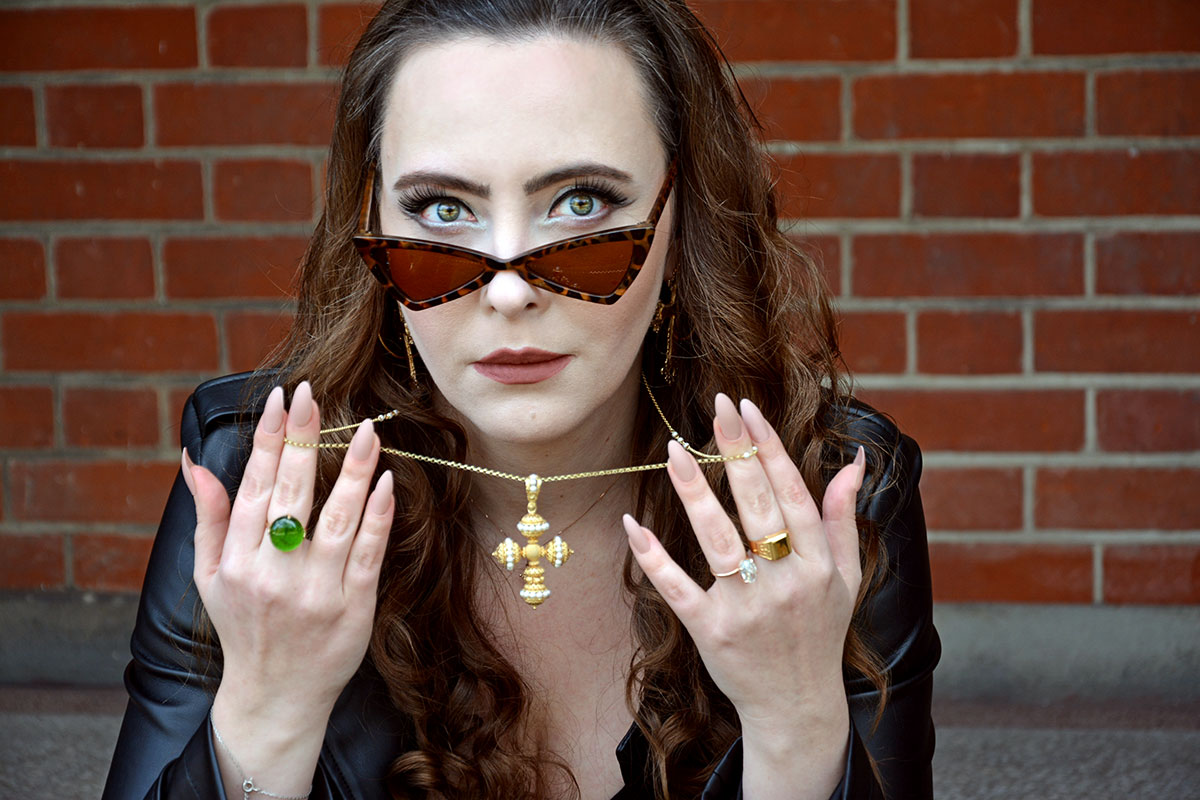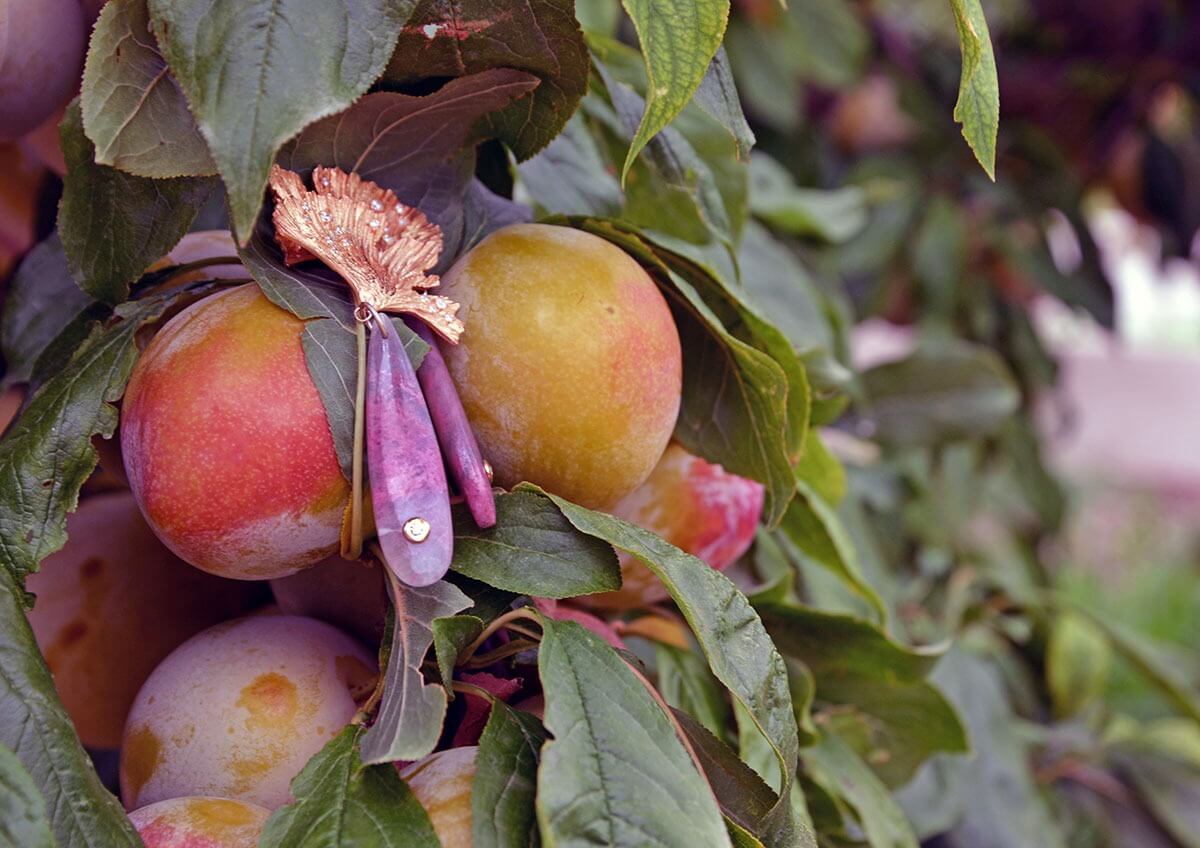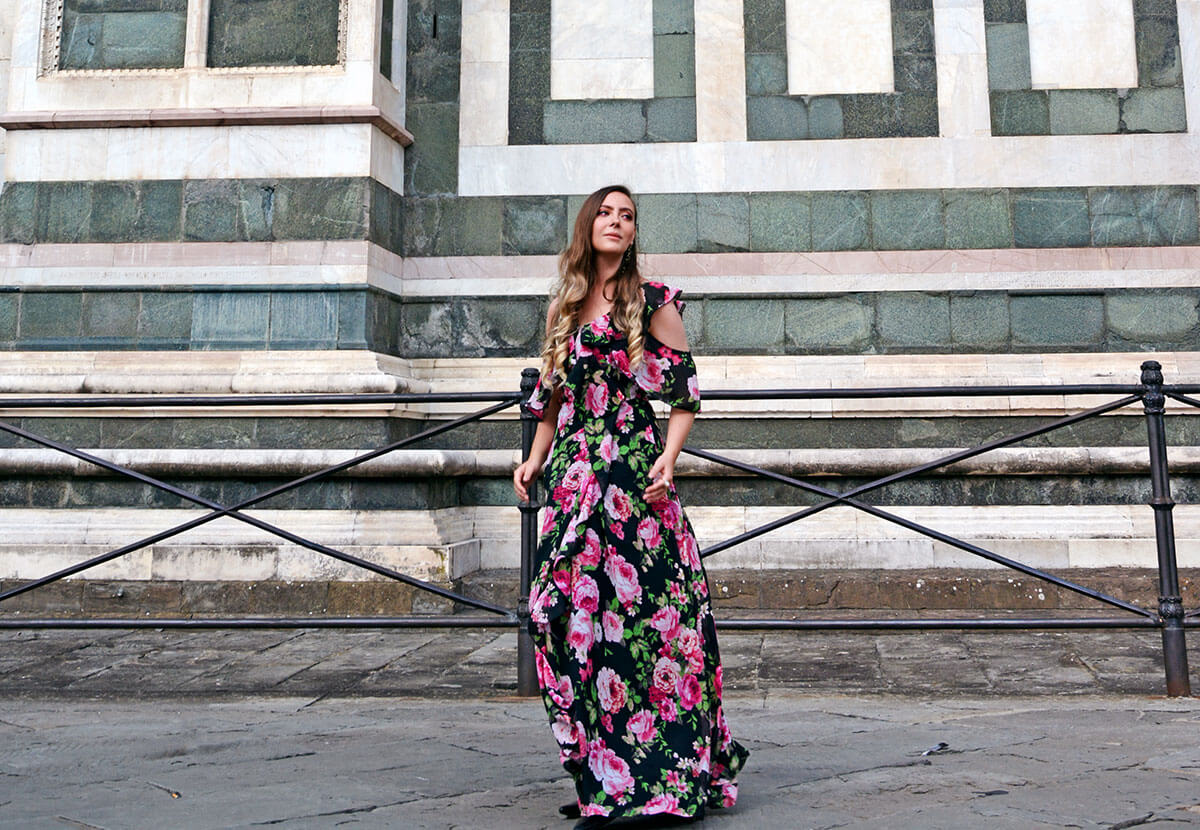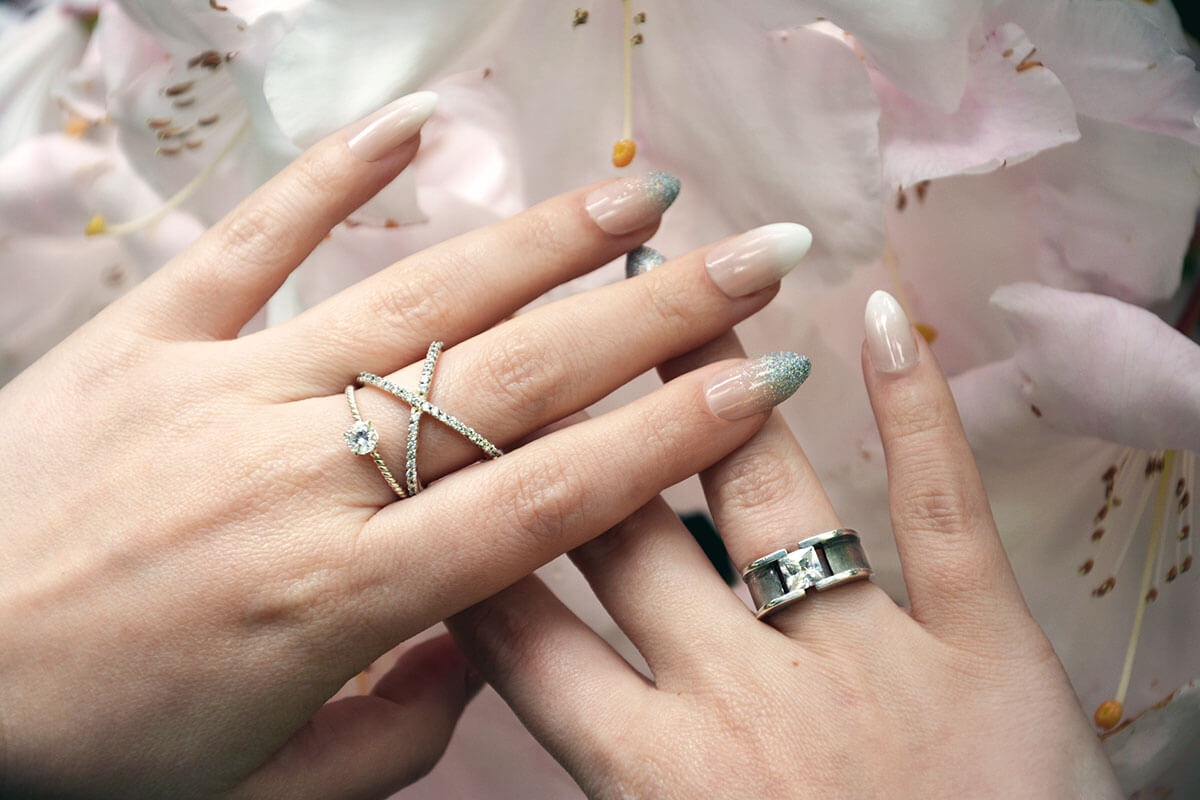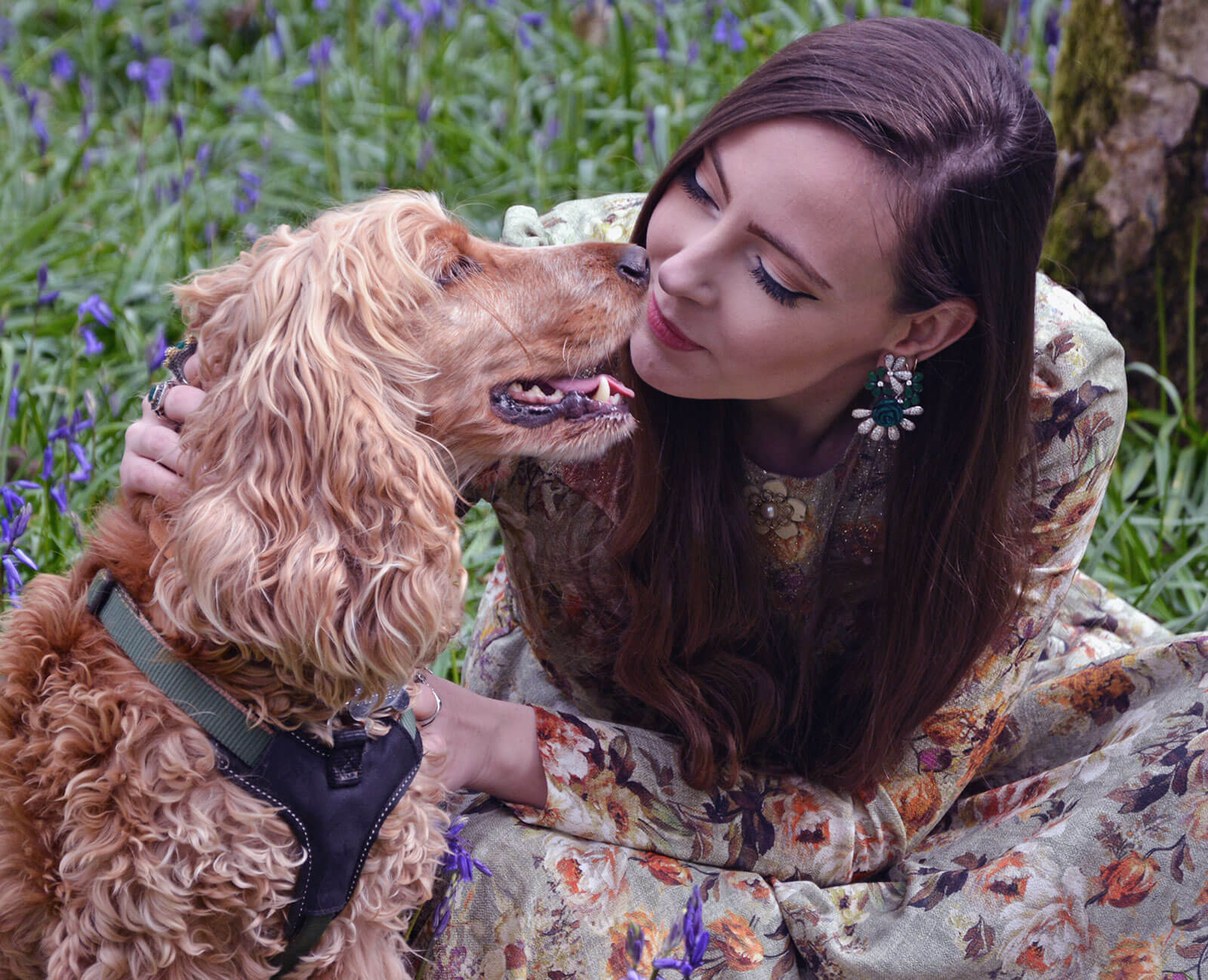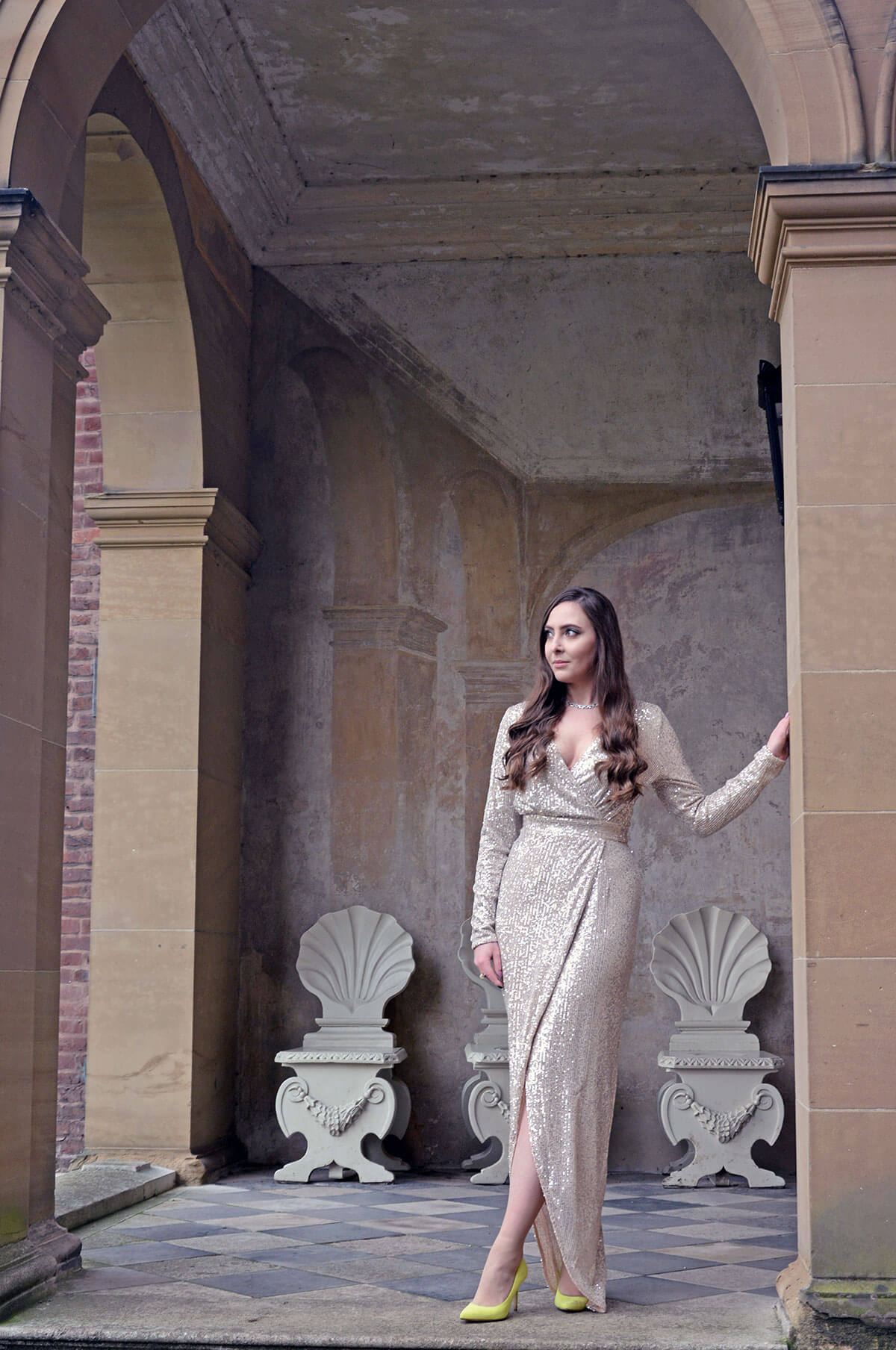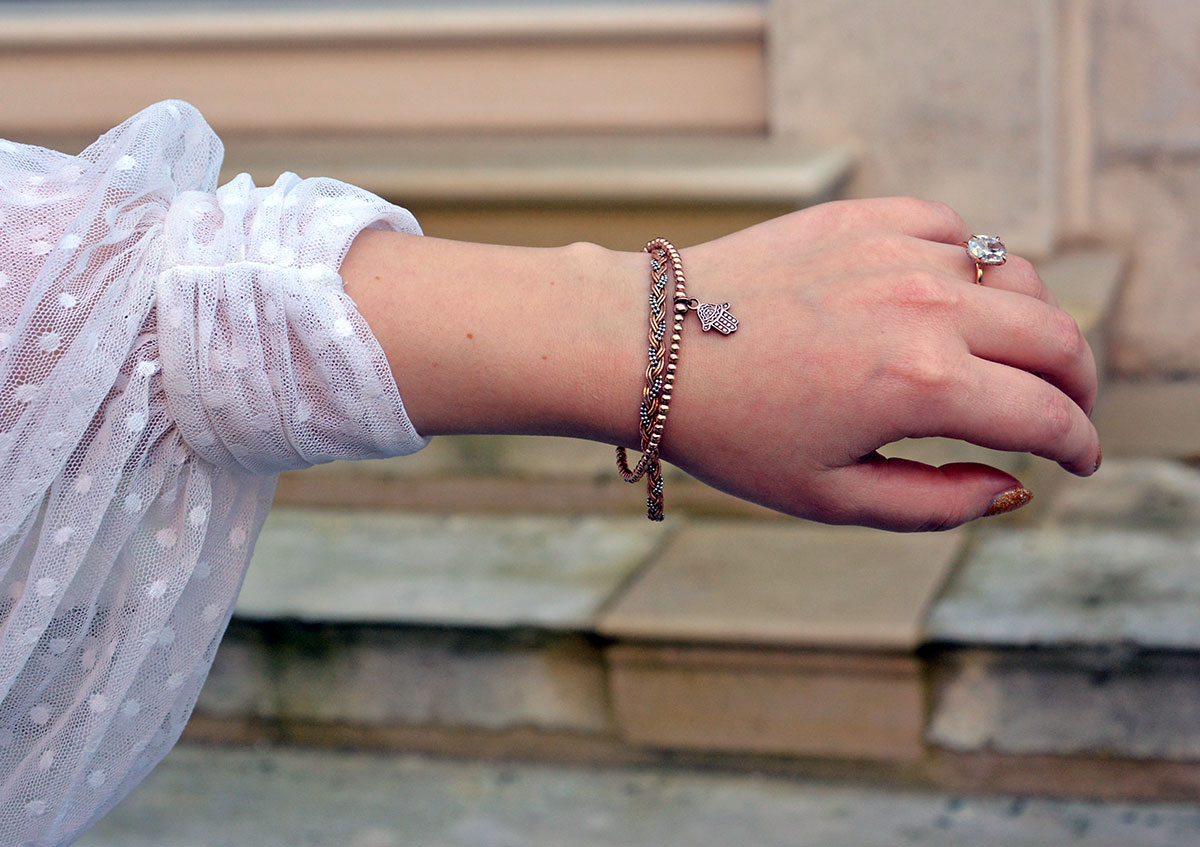Buying jewellery in Turkey
So, you’re in Turkey. Seduced by the tasty food, the seemingly stunning artisan items on display in bazaars, you make a decision: I am so buying a bunch of souvenirs and keepsakes. Awesome decision, and if you have jewellery on your to-buy list, I’m here to hold your hand.
Buying gold in Turkey
If you’re lured into one of Turkey’s gold shops, you might be in for a chance to buy some stunning gold pieces at a really good price. Don’t expect bargain basement prices though, as gold is a metal that is sold by the gram, and its price is theoretically universal. Having said that, there are items out there that the shop might be keen on moving as they may have been from a previous collection, or the shop owner wants to free up space for new items, or perhaps you’ve stumbled upon a beautiful antique piece that is priced per item and not gram. I’ve stumbled upon all of the above in Turkey! If you are like me, you’ve probably heard about all of the tourist traps and stories of people unknowingly buying “fake” gold, or being deceived in some way. Before blaming this on the sellers or the country’s culture (I’ve heard so many people using this “excuse”), let’s make sure we fool-proof ourselves first. Here are some basic tips:
1. 8K gold is a thing in Turkey
If you are from the UK or from the States, you know that respectively 9K (often stamped as 375 as it accounts for 37.5% gold within the alloy) and 10K gold (417 or 41.7% gold purity within the alloy) is the lowest gold purity in these countries for items to be classified and sold as gold. Anything below (ie 8kt gold which is 33.3% gold, often stamped as 333) would not be considered gold. So what does 8K gold mean to you as a buyer:
- Pros: If you are buying 8K pieces for personal wear, you will find the metal quite sturdy and robust as it’s mixed with other metals. Pure gold is relatively bendy, so often pieces that are 22K or 24K might lose their shape when worn frequently over time – especially rings.
- Cons: If you are a trader and are buying pieces to sell, make sure you know your country’s laws regarding what’s considered gold in order to sell items priced and marketed as gold. I know I wouldn’t be able to do so where I live!
For your reference, here’s a quick list of what gold purity and stamps mean:
Stamp – Gold Content
8kt – 33.3% (333 out of 1000)
9kt – 37.5% (375 out of 1000)
10kt – 41.6% (416 out of 1000)
14kt- 58.3% (583 out of 1000)
18kt- 75% (750 out of 1000)
22kt – 91.6% (916 out of 1000)
24kt – 99.9% (999 out of 1000)
2. Ask the seller to test the gold in front of you
If you have doubts that the item you fell in love with is definitely gold, ask the seller to use a testing kit in front of you. A testing kit is a few acids that when in contact with gold will turn a certain colour, depending on the purity. One of my first jobs ever was working in a beautiful, Victorian jewellery shop and I used acids to test gold purity for customers all the time. It’s not that unusual, just not many people know it. If the seller seems suddenly confused by this request or makes up excuses, simply thank them for their time and move on. Better safe than sorry!
3. Know what’s gold filled, gold plated, rolled gold and real gold
Quite a few times I heard questions such as hi, is this gold, and the answer from the seller would be: yes, it’s gold filled. I can only imagine how confusing this answer is to a customer who is not as obsessed with jewellery as I am! So let’s recap – gold is gold. If there is a word describing how gold is used within the piece in the answer – it is not pure gold. Here are the most popular examples:
- Gold filled: Sounds like fabulously filled with gold, right? In a way, yes. But all this means is that the piece is plated with a substantial layer of gold, but the bones of the item are base metal. The stamp of such a piece often looks like 14/20 GF (there are other variations). This means that 5% of the overall metal is gold, and it is plated with 14K gold. The rest is base metal. Gold filled is the most valuable of gold plating techniques.
- Gold plated: This means that an item is dipped in gold and the layer is much thinner than gold filled or rolled gold, and will wear off quickly if worn often and is in contact with water and liquids.
- Rolled gold: Sometimes gold filled and rolled gold are used to describe the same technique. In theory rolled gold is a bit thinner than gold filled, but I’ve noticed these terms being used synonymously. Think of this as a gold & base metal sandwich: Thick layers of gold and base metal in-between.
- Vermeil: A term specifically for silver rolled in gold. The stamp to look out for will be 925 (aka sterling silver). This is silver plated in a very thick layer of gold, just like the sandwich in the point above.
Buying silver in Turkey
Much cheaper than gold, silver is a very popular option for visitors and tourists to enjoy and bring home. But what you don’t want is to bring home silver plated items or base metal items if you are paying the price of silver. Here’s what to look out for:
1. Silver stamp – 925
Just like with gold, silver is mixed with other metals, however the most common purity is 92.5% (925/1000), meaning sterling silver. Look out for this tiny mark when browsing. Be advised though that not all silver is stamped, and not all that’s stamped is silver. Remember what I said in the gold section about acid testing kits? Silver works the same way. If you are in doubt, ask for a test.
2. In old, antique pieces, look for a tarnish or patina
Silver darkens in our jewellery boxes, so we need to polish it every now and again. The same happens to silver when it’s on a shop floor. If the seller advises that a piece is silver and it is antique – look at how the item has darkened or tarnished – this natural patina will help you see if the item is truly silver. By the way, silver polish or even toothpaste (hello bicarbonate of sodium) will make any silver piece sparkle again. Having said that, a lot of pieces look beautiful with their natural tarnish – it shows their advanced age!
3. Haggle and ignore the bullies!
I know that not everyone is a fan of haggling. While a lot of people find it embarrassing, I personally LOVE it. I don’t think I’ve ever been to a bazaar and not haggled. Ever. If you’ve never tried it, definitely try it in Turkey as this is what sellers expect, and they will definitely not make you feel bad about it. One word of warning though, the shops you are passing through are the sellers’ livelihoods, so they might (and probably will) get aggressive in order to push you into buying. Don’t get bullied into making a purchase that you don’t feel comfortable with – you probably won’t enjoy the memory of the item, and won’t end up wearing or using it. Just thank the shop owner and move on, don’t be a bully in response. I bought beautiful pieces from a soft spoken jeweller during my time in Turkey, and would definitely come back to his shop if I am ever back in Antalya’s old town.
In conclusion, all of these tips could work in your favour wherever you are in the world shopping for gold and silver pieces. Hope the jewellery you buy brings you beautiful memories of your travels. Happy shopping!
Dress: Ghost London, Heels: Clarks, Earrings: Silver with Blue Opals (purchased in Turkey), Other Jewellery: From Own Collection

